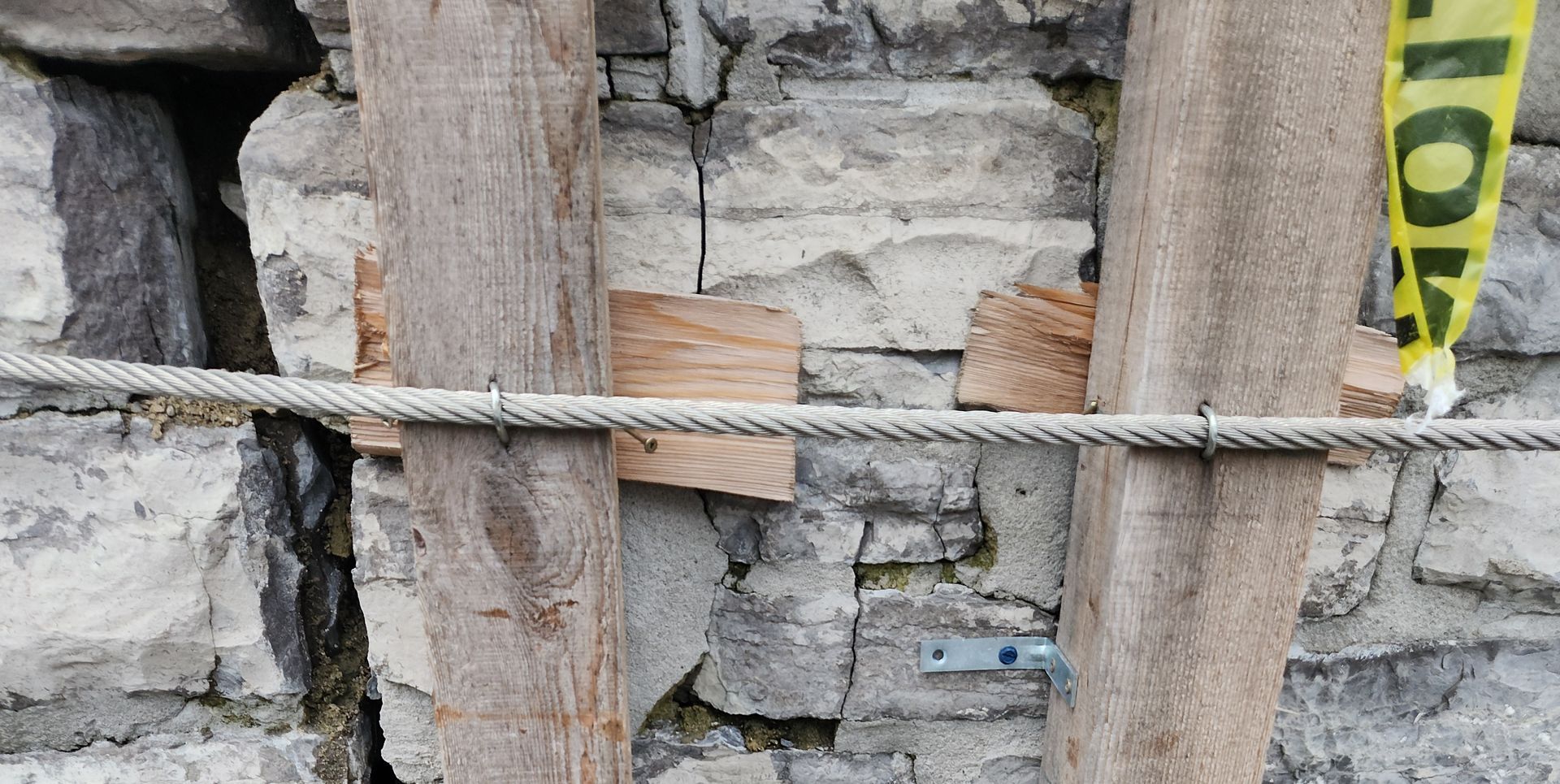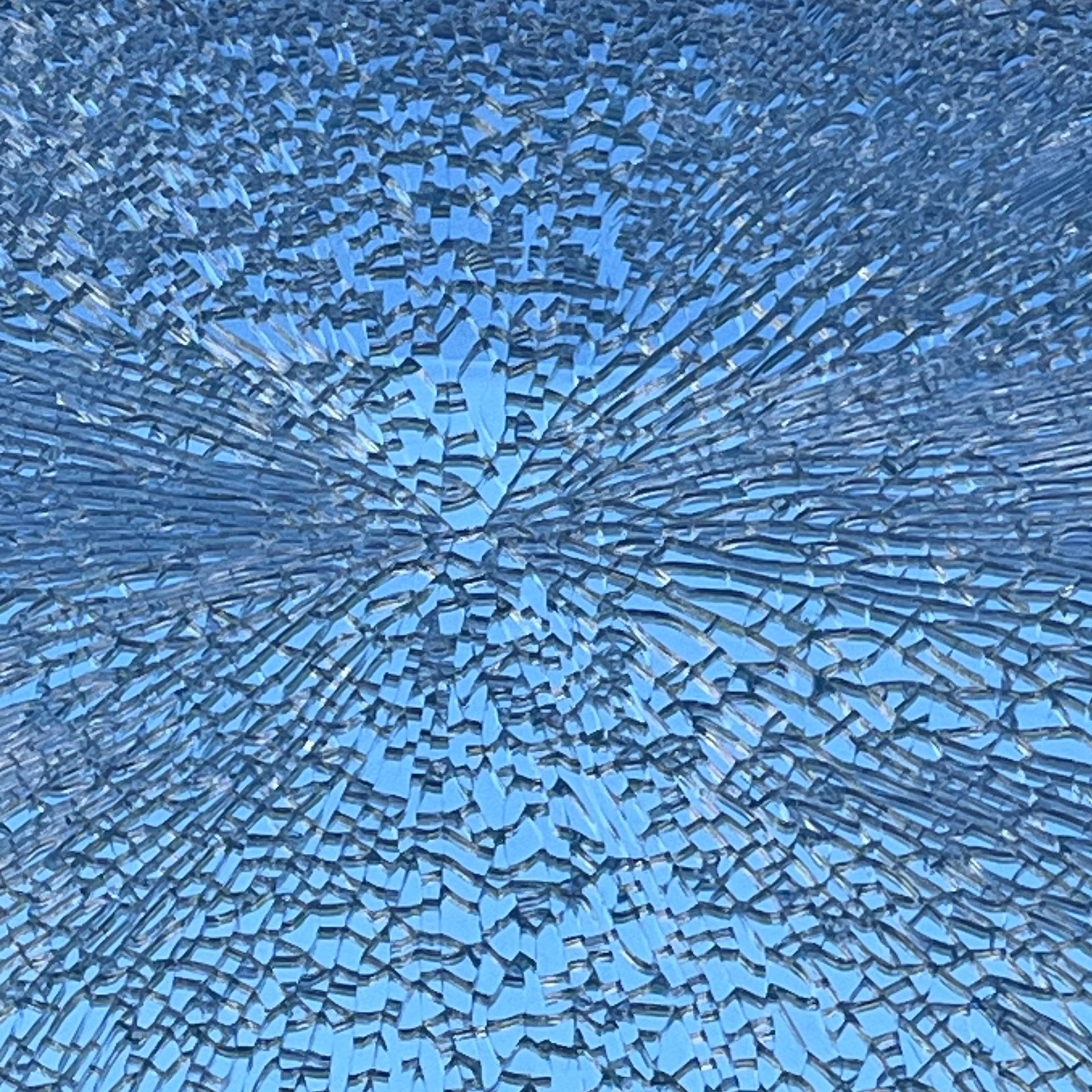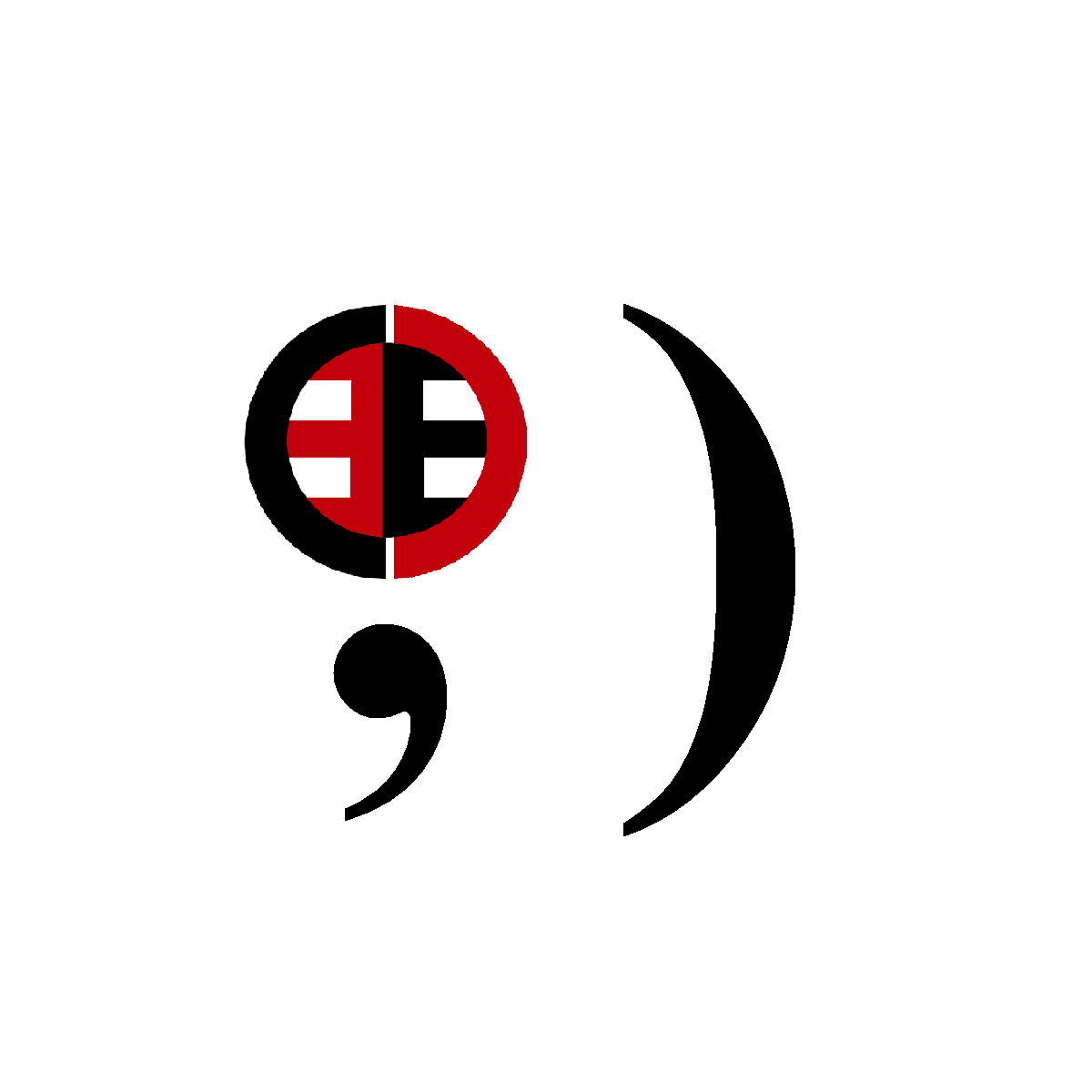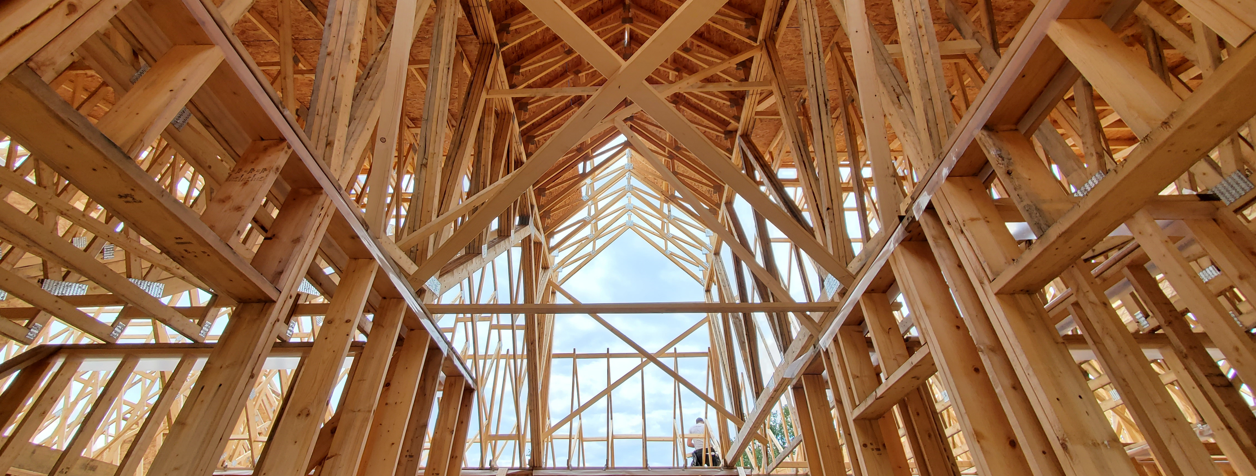Reserve Fund Studies – It’s all in the details
Reserve Fund Studies – It’s all in the details
Condominium residents are at the mercy of their building’s maintenance, and the Property Managers are at the mercy of the accuracy of the documentation and support they receive. Many people know that Reserve Fund Studies need to be updated every three years with every other study requiring a site visit. We commonly see reports that differ little from revision to revision, but worst of all we see short, high-level, and vague reports. Did you know that the usefulness of the study is entirely in the details?
Condominium law has changed, and the regulations are catching up. The Government of Ontario has put out a good summary at https://www.ontario.ca/page/condominium-law-changes , but let’s discuss the most fundamental issues of all: No matter how your report is produced, every common element must have a detailed review which results in a well studied, clearly laid out, entry in the report.
When choosing an Engineering Firm to provide you with a Reserve Fund Study, it is important to make sure you compare “apples to apples” in the quality of the study a firm will provide.
The more detail in the study, the more accurately the Board, with help from their Property Manager, can assess what needs to be done and when. When matters. What matters. How matters. Do your reports give you enough clarity to know where your building is going?
What about maintenance? Does your Engineering Firm recommend maintenance practices that will make your equipment and finishings last longer? This isn’t necessary in law, but it is certainly something an engineer experienced in maintenance, repair, restoration, and rehabilitation should be able to offer with little added effort. So why don’t they?
What about assessments? Does your Engineering Firm account for having assessments done for large projects to ensure the scope of the project is accurate? Are there entries for forward planning those major projects? Those are important costs, aren’t they?
Anyone living in a building with elevators knows how difficult it can be when an elevator isn’t working, so why do so few Reserve Fund Studies include a specialist review of the elevator condition and maintenance? This isn’t even one of the more expensive options, yet often the RFS engineering firm don’t even mention the possibility. What happens when TSSA (the Governing Authority) orders a directive to comply with a change to the elevator? Does your engineering firm take those costs into account? Are they shown in the RFS? They are routine, fairly predictable, and every RFS should have some realistic flexibility built in.
Make sure you are getting all the information in your Reserve Fund Study that you truly need to keep your building running smoothly and efficiently with the proper funding.
Want to see what a better study looks like? Reach out to us for your next Reserve Fund Study.
Buying in a new condominium? Reach out to us and we can help you assess what costs you may be facing in addition to the sticker price.










